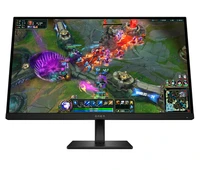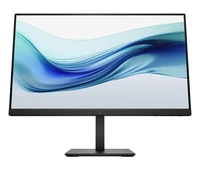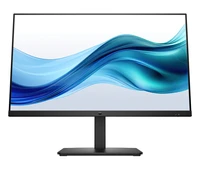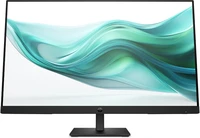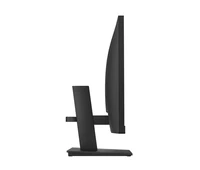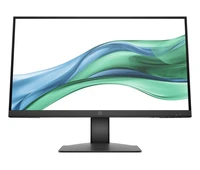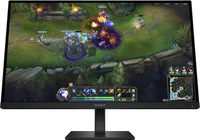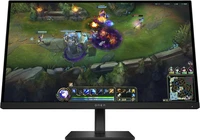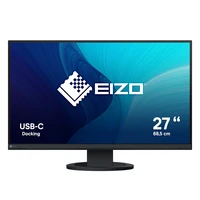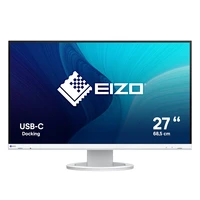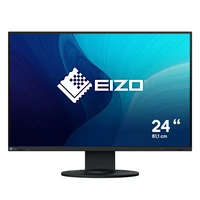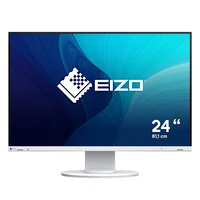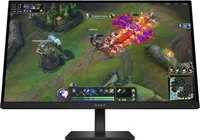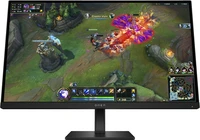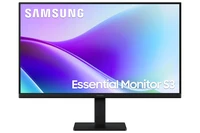PC monitors with IPS technology
9893 PC screens with IPS technology
What is an IPS screen?
IPS is a type of LCD panel technology in which in areas where no electrical current passes, the cells are aligned horizontally between the two glass panels, blocking the transmission of light from the backlight panel.
This produces that in the cells to which an electric current is not applied they appear completely black, when an electric current is applied the cells rotate to show the corresponding color.
IPS screens have a viewing angle of up to 178° both horizontally and vertically, this allows the displayed image and colors to be seen correctly not only from the front position but from a wide angle range. For this reason they are often the type of technology used in high-end televisions and phones.
As a negative point, it must be said that these types of panels are more expensive than other technologies.
Who is an IPS screen for?
These types of screens are suitable for all types of work in which color fidelity is important. On an IPS screen, blacks are black, whites are white, colors are more realistic and where they can be best appreciated is in the gray as a normal LCD display renders certain shades of gray as white which can be a very serious problem for graphic designers and video editors.
On the other hand, IPS panels do not usually have a good response speed or refresh rate, with certain exceptions of course that offer IPS and refresh rates of up to 0.4 ms and 240 Hz but obviously at a high price.
If your work depends on color fidelity (graphic designers, frontends, video editors, stationery, etc.) and not so much on response speed and refresh rate, this is undoubtedly the type of screen you need.
